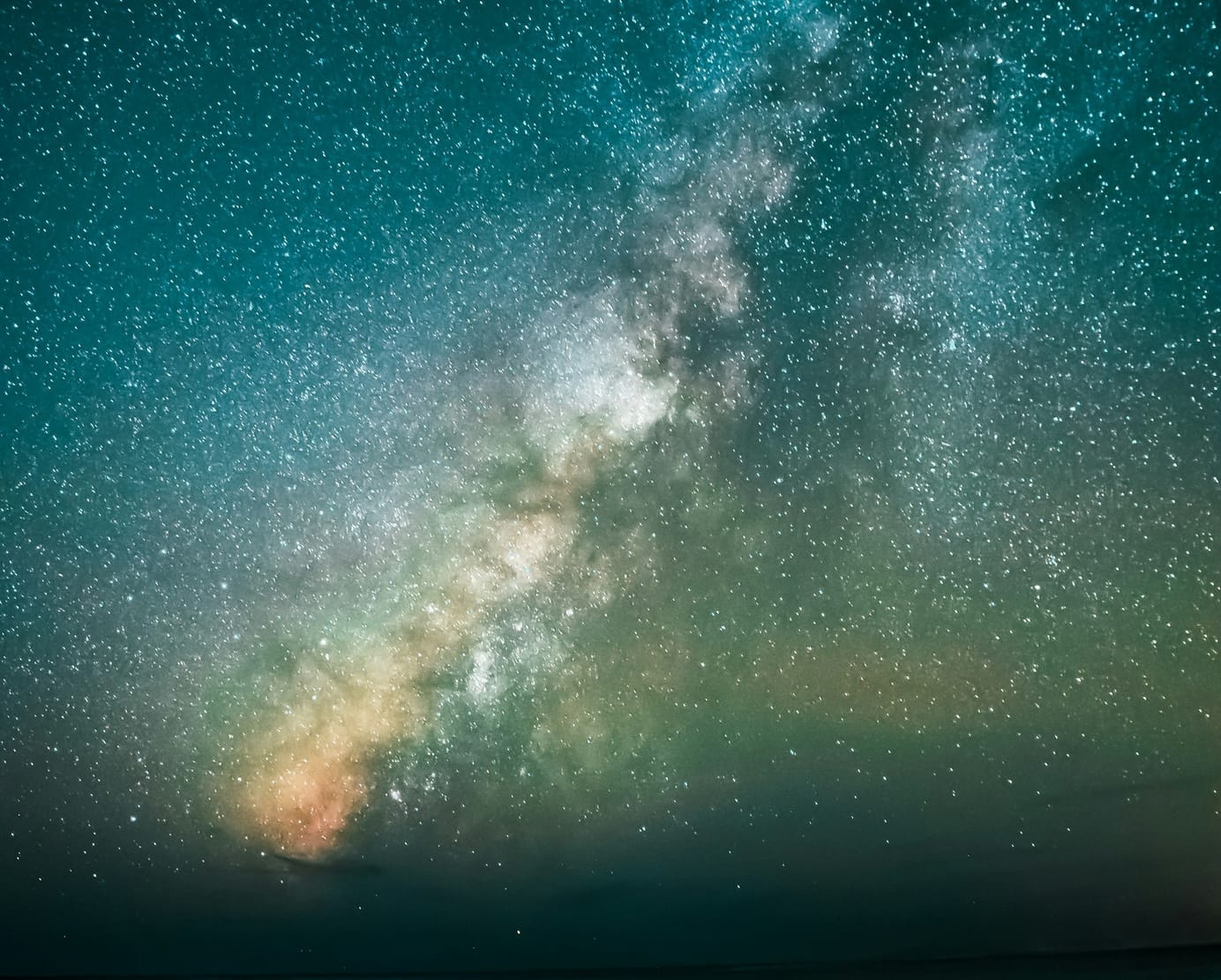
July Skies 2025
The Moon is at first quarter at the beginning of July. On the 3rd, it is among the stars of Virgo, The Maiden.
- By James Edgar
June 21, 2025
The Moon occults objects four times in the month, none of which are visible from North America. The first one is on the 3rd, when Spica is 0.8 degrees north of the Moon. The 2nd occultation is on the 7th, when the Moon is at waxing gibbous phase and Antares is 0.4 degrees north. However, the Moon overpowers even the bright Antares, so probably a non-event. The Moon is full on the 10th. Sometimes the Moon is south of the ecliptic, and other times during the month, it’s north of that imaginary line that represents to plane of the planets’ orbits. When the Moon appears to cross the ecliptic, it’s called a node, and ascending node this month is on the 15th. Neptune and Saturn, on the 16th, are 3 and 4 degrees south of the Moon, respectively. By the 20th, the Pleiades (M45) and the waning crescent Moon share the spotlight. New Moon is on the 24th. On the 26th, Regulus is 1.3 degrees south; on the 28th Mars is 1.3 degrees north; on the 30th Spica is 1 degree north. All three events are occultations, but not visible from the Northern Hemisphere.
Mercury continues to delight Southern Hemisphere observers – not so much in the north. It swings out in its orbit, reaching greatest elongation east on the 5th and thereafter closes in on inferior conjunction by month-end.
Venus remains a bright beacon in the morning sky before sunrise, but gradually fading as July progresses. The waning crescent Moon passes by on the 20th/21st.
Mars is visible for a short while after sunset, still among the stars of Leo, The Lion. The thin waxing-crescent Moon passes by on the 28th.
Jupiter struggles to be seen in the early morning twilight after mid-month. While the gas giant was behind the Sun, it moved into the Gemini constellation, where it will remain for the rest of the year. The waxing-crescent Moon passes 5 degrees to the north on the 23rd.
Saturn is in a good position for observing, rising in the east near midnight. On the 14th, it appears to be motionless, then begins retrograding against the background stars. The Moon is 4 degrees north on the 16th.
Uranus rises very early in the east, ascending into the morning twilight sky.
Neptune is near Saturn, and like the Ringed Planet, the distant planet appears to stop moving, then reverses direction to retrograde for the remainder of the year.
On July 28, the south delta Aquariid meteors peak in the evening.
James Edgar has had an interest in the night sky all his life. He joined The Royal Astronomical Society of Canada in 2000, was National President for two terms, is now the Editor of the renowned Observer’s Handbook, and Production Manager of the bi-monthly RASC Journal. The IAU named asteroid 1995 XC5 “(22421) Jamesedgar” in his honour and he is a Fellow of the RASC.
Last Mountain Times Newsletter
Join the newsletter to receive the latest updates in your inbox.


